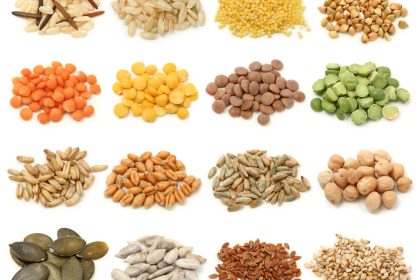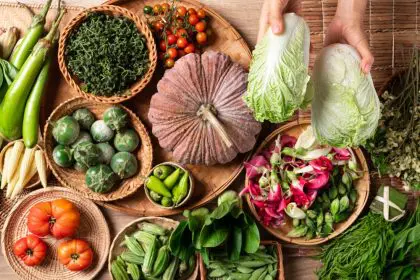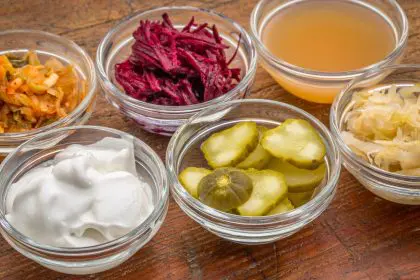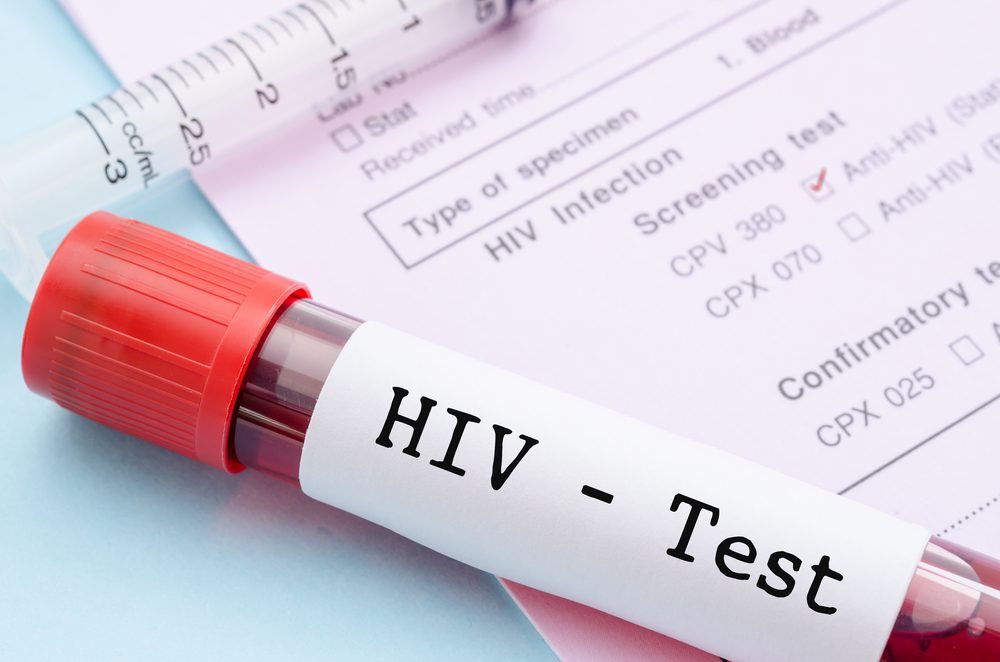Zucchini is a staple in many kitchens, celebrated for its versatility in dishes ranging from savory sides to sweet baked goods. However, a lesser-known risk—cucurbitacin’s poisoning—can turn this otherwise nutritious vegetable into a health hazard. Recent findings published in the Polish Archives of Internal Medicine have shed light on the dangers of cucurbitacin’s, toxic compounds found in zucchini. This guide explains how to recognize the warning signs and enjoy zucchini safely.
The case that raised awareness
A cautionary tale from the Czech Republic highlights the dangers of cucurbitacin’s. A 54-year-old woman experienced severe abdominal pain, vomiting, and bloody diarrhea after eating bitter zucchini bread. Despite having no prior health issues, she developed liver damage and was diagnosed with cucurbitacin poisoning. The bitter taste of the zucchini used in the bread was a key clue to its toxicity.
What are cucurbitacin’s and why are they dangerous?
Cucurbitacin’s are natural compounds produced by plants in the gourd family, including zucchini, cucumbers, and squash. These compounds act as a defense mechanism against predators. While cucurbitacin’s have shown promise in medical research for their anti-inflammatory and anti-cancer properties, they are toxic when consumed in large quantities.
Environmental stressors such as drought or poor soil conditions can increase cucurbitacin levels in plants, making them unsafe to eat. A bitter taste in zucchini is often a sign of high cucurbitacin content, signaling the need for caution.
Symptoms of cucurbitacin poisoning
Cucurbitacin poisoning, often referred to as “toxic squash syndrome,” can manifest through a variety of symptoms, ranging from mild to severe, depending on the level of toxin ingested. Cucurbitacin’s are naturally occurring compounds found in certain members of the cucurbit family, such as zucchini, pumpkins, and squash. Although generally bred out of cultivated varieties, stress on the plant or cross-pollination can occasionally lead to elevated levels, posing a health risk.
Common symptoms:
- Intense nausea: One of the earliest signs, nausea, can begin within minutes or hours after ingestion. This overwhelming sensation may persist even after the stomach is emptied.
- Vomiting: Frequent and forceful vomiting is common, as the body attempts to expel the toxic compound. This can lead to dehydration and electrolyte imbalances if prolonged.
- Severe diarrhea: Watery, persistent diarrhea often accompanies vomiting, further contributing to fluid loss and the risk of dehydration.
- Abdominal cramps: Cramping can be intense and continuous, causing significant discomfort. These cramps are often due to irritation and inflammation of the gastrointestinal tract.
Severe complications:
In more serious cases, cucurbitacin poisoning can result in:
- Hypotension (low blood pressure): This occurs when excessive fluid loss from vomiting and diarrhea leads to a drop in blood volume. Symptoms may include dizziness, fainting, and confusion.
- Intestinal swelling (edema): The toxin can irritate and inflame the lining of the intestines, leading to swelling. This can cause severe pain and, in rare cases, complications such as intestinal blockage.
Potential risks:
If left untreated, these symptoms can lead to severe dehydration, kidney damage, or shock, all of which can be life-threatening. Early recognition and prompt medical intervention are crucial to prevent complications.
What to do if symptoms occur:
Seek immediate medical attention if you experience intense gastrointestinal distress after consuming zucchini or other cucurbits. Physicians may provide intravenous fluids to combat dehydration and monitor vital signs for signs of low blood pressure or other complications.
How to reduce your risk and stay safe
Cucurbitacin poisoning is rare, but taking precautions can help you avoid it:
- Taste before cooking: Always taste a small piece of raw zucchini before preparing it. If it tastes bitter, discard it immediately.
- Avoid wild or homegrown zucchini: Be cautious with homegrown or foraged zucchini, as environmental conditions may increase cucurbitacin levels.
- Choose reliable sources: Purchase zucchini from trusted suppliers who adhere to safe farming practices.
- Monitor plant stress: Be extra vigilant during periods of drought or inconsistent watering, which can elevate cucurbitacin production.
Additional precautions for safe consumption
- Inspect for bitterness: A bitter taste is a strong indicator of cucurbitacin’s. Even a slight bitterness should prompt you to discard the zucchini.
- Avoid wild varieties: Wild or non-commercial varieties of zucchini may have higher levels of cucurbitacin’s. Stick to cultivated varieties from reputable sources.
- Practice proper storage: Store zucchini in a cool, dry place to prevent spoilage and potential toxin buildup.
Conclusion: Enjoy zucchini with confidence
Cucurbitacin poisoning, while serious, is rare. By staying informed and taking simple precautions, you can continue to enjoy zucchini safely. Taste-testing, sourcing from reliable vendors, and being mindful of environmental factors are key steps to minimizing risk. If you experience symptoms after consuming zucchini, seek medical attention promptly.
With these safety measures in place, you can savor zucchini’s many health benefits and culinary versatility with peace of mind.














